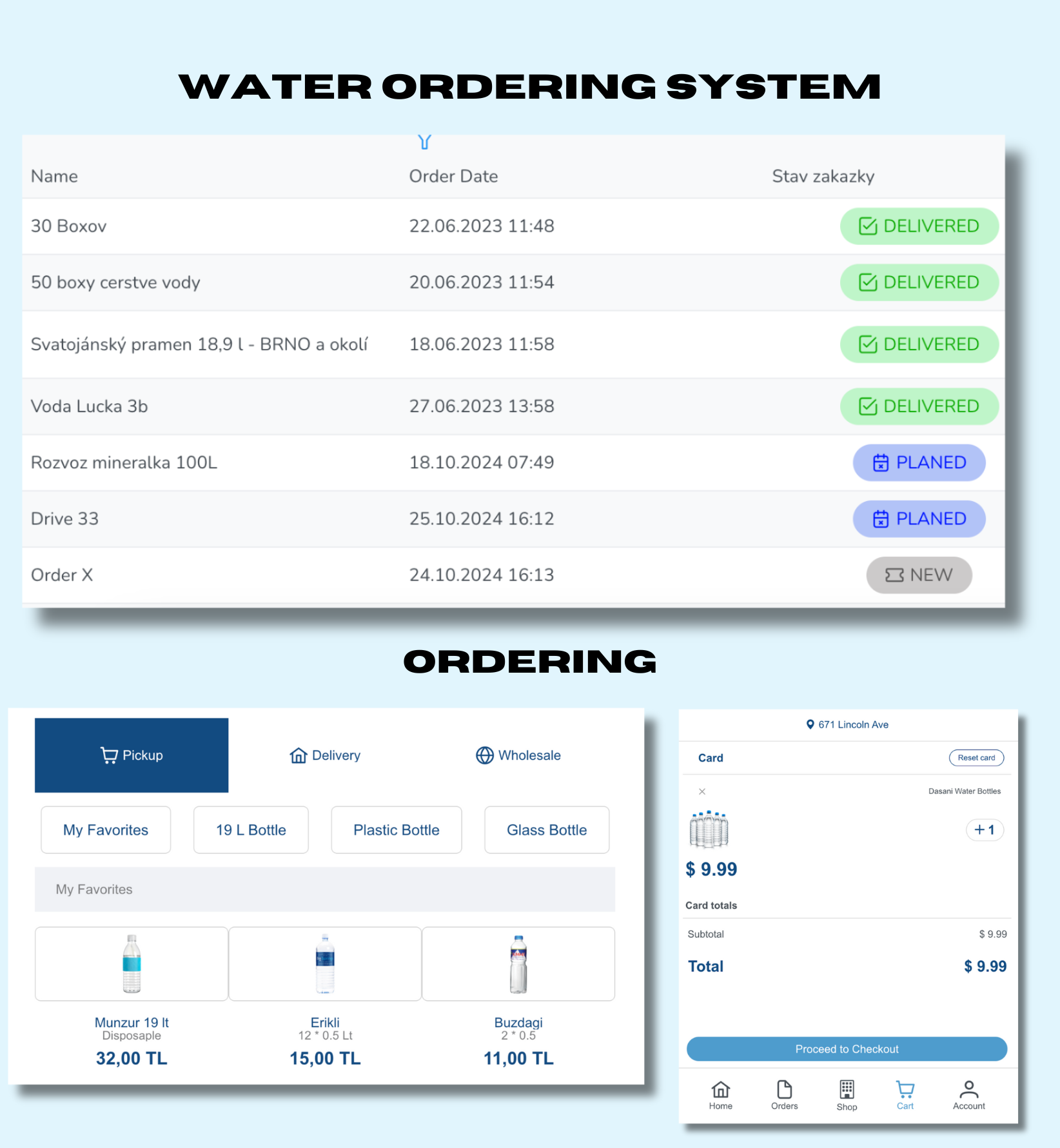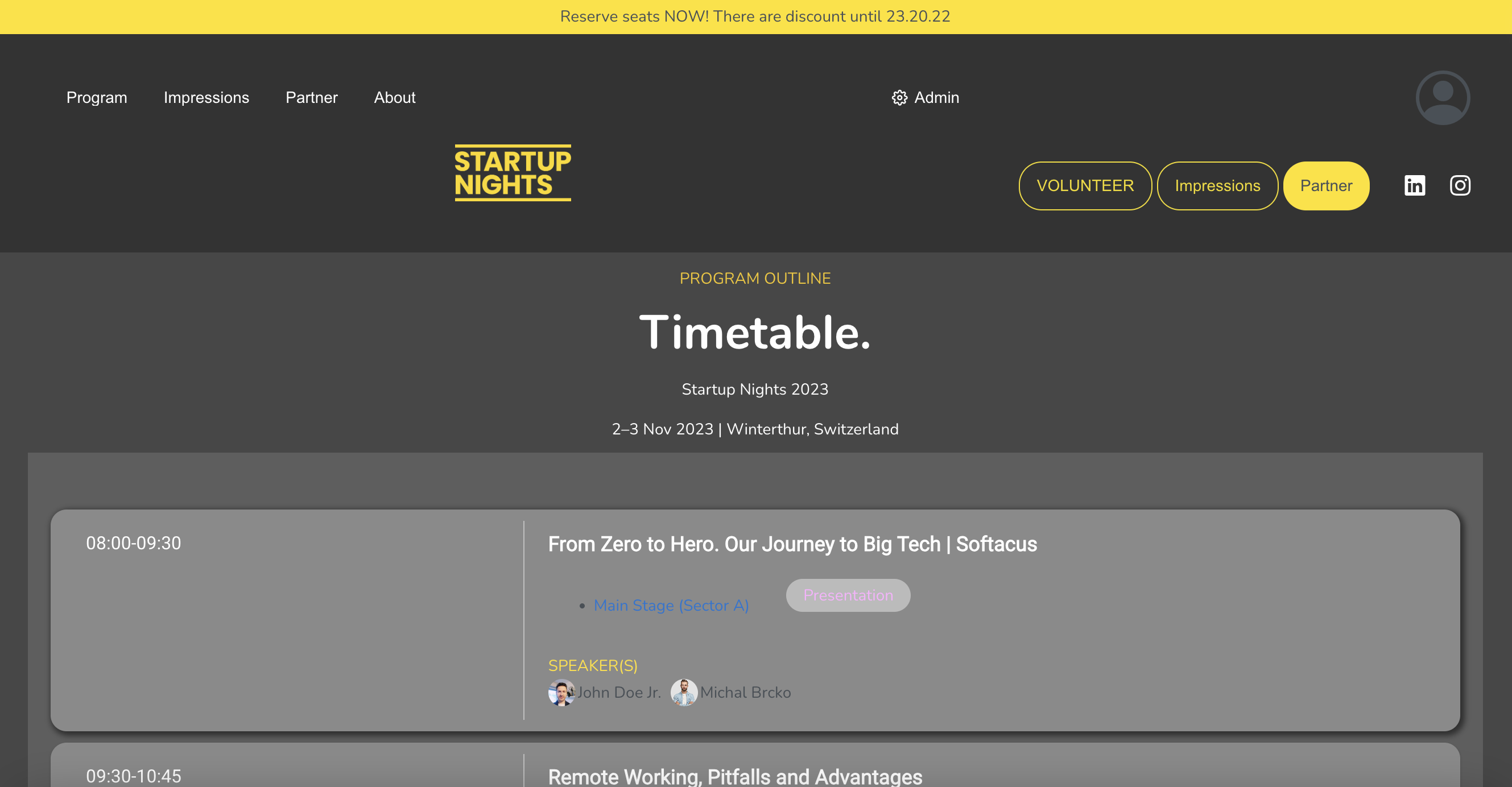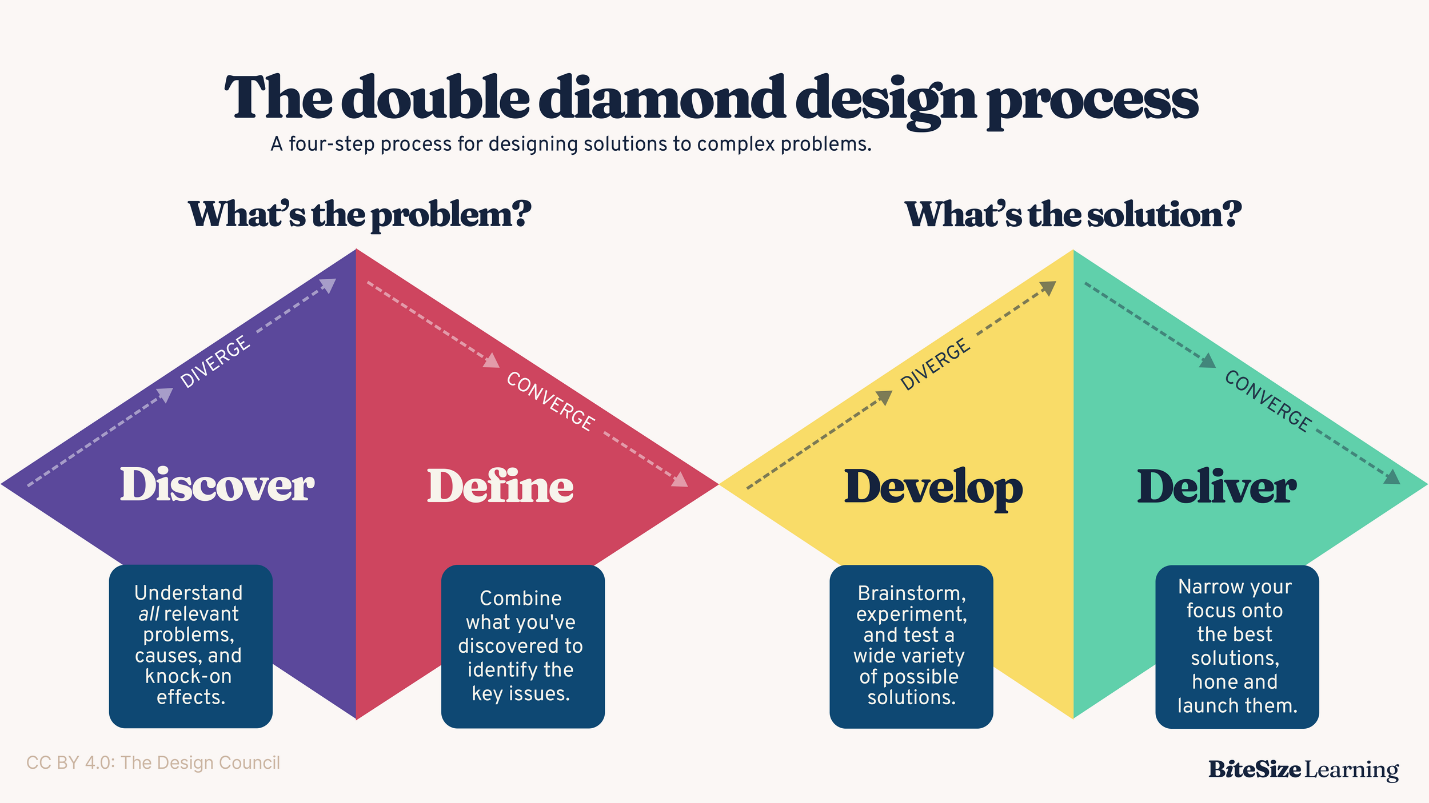How to Validate an App Idea Without Writing a Single Line of Code
What Is Validation and Why Does It Matter?
Validation is a process of testing whether a problem exists, whether it matters enough to solve, and whether your proposed solution is something users would actually pay for or adopt. Instead of relying on a gut feeling or feedback from friends, proper validation puts your idea in front of potential users early and allows you to observe real-world interest and behaviour.
As explained in Zignuts’ guide to app idea validation, skipping this step leads many startups to build solutions no one asked for. Instead, focusing on validation from day one helps minimize wasted effort and reveals whether the idea has real potential.
Step 1: Focus on the Problem, Not the Product
The strongest app ideas come from solving a specific, painful problem. That’s why the first step is not designing a user interface or sketching out features, but talking to potential users and understanding their needs.
In the early stages, you should be conducting user interviews, running surveys, or observing how people currently deal with the issue you want to solve. As Eleken points out, product success depends less on features and more on how well you define the problem and target the right people.
If you can clearly articulate what the user is struggling with and how your app would make life easier, you’re ready to build something small and testable.

Step 2: Build a No-Code MVP
Once you have a clear understanding of the problem and your potential users, the next step is to build a Minimum Viable Product (MVP). This is a stripped-down version of your app that offers just enough functionality to test your core concept.
Using a no-code approach means you can create and launch your MVP without writing any code. Tools like Elwis allow you to design interfaces, structure workflows, and simulate product behavior in a way that is accessible, even to non-technical founders.
According to Nomtek, no-code MVPs let you build and launch within days. You can test with real users, make changes on the fly, and collect valuable feedback without involving engineers. Whether it’s a simple booking system, directory, or form, no-code platforms offer templates and integrations that help you go from idea to prototype quickly.
The trick is to keep it minimal. Do not attempt to replicate your full product vision at this stage. Focus on one feature or one flow that proves your concept.
Step 3: Test With Real Users
Once your MVP is live, it’s time to start testing. This doesn’t necessarily require thousands of users or expensive campaigns. Your goal is to observe whether a small group of people understands the product, sees value in it, and is willing to engage.
You can collect feedback in several ways:
- Interviews after using the MVP
- In-app surveys or forms
- Behavior analytics (such as time on page or click-through rates)
One effective tactic is what The Recursive describes as “Wizard of Oz testing.” This involves simulating a digital process behind the scenes manually to test how users react, even if the functionality is not yet automated. For example, you could manually respond to a booking request to see if the system works in practice.
The benefit of this approach is that it gives you insight into user expectations before you invest in building out automation or infrastructure.
Step 4: Use Landing Pages and Waitlists
If you are still in the idea stage or want to test demand before building even a basic prototype, a simple landing page is a powerful tool. You can describe your product in a few sentences, show a mockup or video, and invite users to sign up for a waitlist.
This method, described by Ilse Paanakker on Medium, is a fast way to test how compelling your message is. If no one is clicking or signing up, it may indicate a mismatch between the problem and your proposed solution. Adjusting the copy, headline, or audience targeting can often reveal what needs refinement.
This technique is especially useful if you plan to launch a product that relies on user acquisition or subscriptions. It shows early interest and helps build a list of leads you can follow up with later.

Step 5: Iterate or Move On
If your MVP gains traction, you are on the right path. Double down on what users respond to and improve based on their feedback. If it falls flat, that’s also a valuable outcome. You’ve saved time and resources and now have data that can guide your next idea or pivot.
As Nomtek advises, validating ideas early with no-code tools allows you to fail fast and learn quickly. It also builds a culture of user-focused decision making, which can serve your product well in the long term.
The Double Diamond model
A useful way to frame this process is with the Double Diamond model, which breaks product development into four stages: Discover, Define, Develop, and Deliver. While the full model is helpful when creating apps from start to finish, the first diamond is especially relevant when validating an idea. It focuses on understanding the problem space, encouraging you to explore user needs broadly and then define a clear direction. For early-stage design, this approach helps ensure you are solving the right problem before building anything.

Conclusion
You don’t need a team of developers to start testing your idea. With the right mindset and a few no-code tools, you can validate your concept, refine your value proposition, and build confidence before writing a single line of code. Whether it’s through a lean MVP, a simple landing page, or human-powered testing, the key is to start small, learn fast, and let real user behavior guide your next move.
By focusing on early validation, you are not just saving time and money. You are increasing your chances of building something people actually want.
Latest News
Exploring Insights, Ideas, and Innovation: Navigating the Blogosphere with Our Latest Perspectives and Expert Commentary

